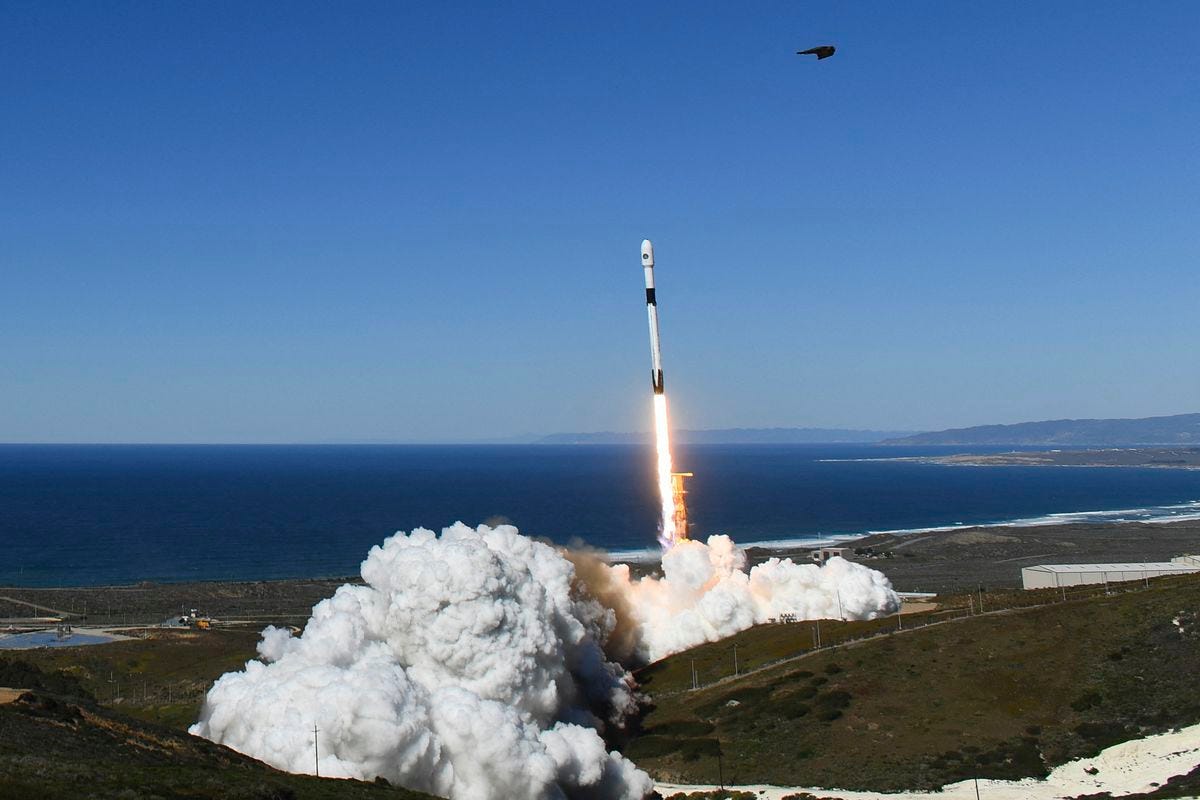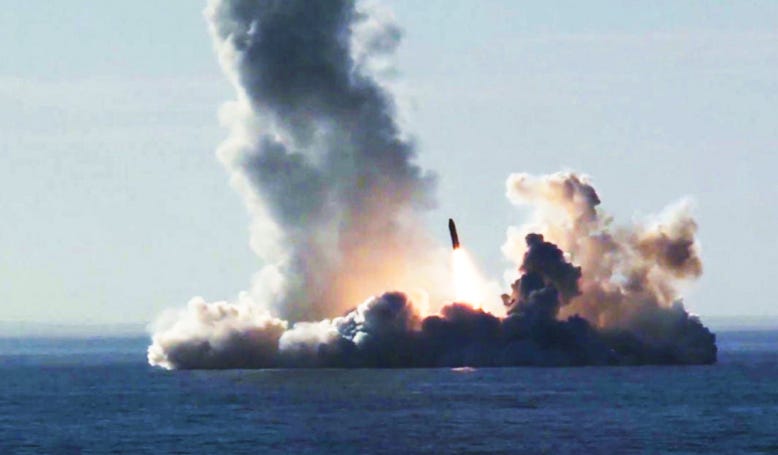Clean Orbit Newsletter: Feb. 23, 2022
The Clean Orbit Shop is live! With dozens of products to choose from and more designs on the way, making a difference is easier (and more stylish) than ever before. Shop now to help us mitigate the risks that could jeopardize safe access to space exploration, utilization, and development for generations to come.
Protecting Modern Life: New Laser Station Lights the Way To Space Debris Reduction
“While dozens of laser tracking stations are dotted around Europe, the Izaña station’s dual functionality makes it a first. Built by German company DiGOS, the remotely controlled Izaña station can also be used for optical communications and is intended to become a state-of-the-art, fully autonomous robotic system. It is hoped to be the first of many across the globe.”
“The technology, relatively new in the history of ground-based observations of space debris, will mean the station can track previously invisible defunct objects lurking above the blue daytime skies.
As ESA’s newest addition to the Space Safety family, Izana-1 provides support for vital collision avoidance and provides a testbed for new sustainable technologies like laser momentum transfer or coordination of space traffic.
Such satellite and debris tracking capability in Europe could contribute to building and accessing a European catalog of space objects.”
Governance and security: EU proposes new space debris tracking initiative
“The European Union decided to take up the issue of space debris and other objects in near-Earth orbit. To this end, a “joint communication” was published to the European Parliament and the Council. The initiative proposes to increase cooperation with the US and the UN to increase the EU's ability to track objects in orbit. It is also proposed to develop rules that would regulate safety in space and determine who is responsible during dangerous situations.”
“The report, for example, says that it is necessary to increase the capabilities of the European Union in the field of observation and tracking of objects in orbit (Surveillance and Tracking (SST)). Today this program is carried out thanks to two sources of data:
Obtaining data from European space operators about their satellites.
Obtaining data about objects in orbit from the United States.
Now it is proposed to create our own, European facilities for these purposes. This would provide the EU with operational information about the state of affairs in orbit, and the Union would not be dependent on anyone. The document indicates that by 2023 it is planned to conduct an analysis of the architecture, and to deploy tracking systems by 2025.”
SpaceX and our space junk problem

Vox |
“The bad news: A solar storm sent 40 of its Starlink satellites plunging back to Earth. They’ll burn up in the Earth’s atmosphere, costing the company as much as $100 million and casting fresh doubts on Musk’s big plans for the satellite internet on top of those recently expressed by China and NASA. The good news? All of those reports that a SpaceX rocket was about to crash into the moon were wrong: The rocket belongs to someone else.
The error highlights the growing problem of all the junk we, as a planet, shoot into space and how we deal with it (or not, as the case may be). Not everything we send up comes down, and some of it gets lost. That’s especially true once it leaves Earth’s orbit because there’s no one officially tracking our space litter out there. Basically, we’re leaving it up to a handful of dedicated astronomers who do it as a hobby.”
“Perhaps surprisingly, this case of mistaken identity isn’t hard to make, even for the relatively few people who track these kinds of things all the time. Jonathan McDowell, an astrophysicist at the Harvard-Smithsonian Center for Astrophysics, explained that it’s difficult to pinpoint an uncontrolled object’s exact path through space. There are plenty of variables out there that can change the object’s trajectory, and even a small change adds up over time and distance.
Also — and this is the heart of the problem — we aren’t really tracking these things anyway.”
Russian ASAT test creating thousands of conjunction alerts for satellite operators

“SpaceNews reports, according to space situational awareness company COMSPOC, that the November test is causing so-called “conjunction squalls” of thousands of close approaches, or conjunctions, with satellites over just a few days.
“In the first week of April, in that week alone, there will be 40,000 conjunctions that we predict purely from that one event,” said Travis Langster, vice president and general manager of COMSPOC, during a panel at the 24th annual FAA Commercial Space Transportation Conference Feb. 17.
November saw Russia destroy the defunct Cosmos-1408 satellite, which was previously orbiting at an altitude of approximately 485 kilometers
According to COMSPOC, as the debris orbits precess, they overlap the orbits of remote sensing satellites going in the opposite direction.”
UK to lead mission to stop 'catastrophic' space crash as Russia and China threaten assets
Express |
“Referring to his own project, Mr Weiss said: “The software developed by The PSC team uses data from orbital analytics to calculate the likelihood of collisions in space, and notifies satellite operators with any threats in real-time.
“This means operators are able to adjust their satellite’s course accordingly to avoid any potential crashes – such as China did recently when they pulled a defunct navigation satellite out of the path of other satellites.
"This is all aimed at making the space sector a safer place within which to operate.”
There were significant logistical challenges, he acknowledged, especially because nobody territorially “owns” space, meaning it could be difficult to convince organisations to clean up after themselves.”
“The UK has, with the RemoveDebris mission, already demonstrated various ways of capturing debris in orbit, such as using nets or even harpoons. The challenge now is to make the service work commercially and target more dangerous debris.”
Op-ed | Space Debris Management is even more urgent than Space Traffic Management
The Clean Orbit Team thanks our GEO Patrons: Zoena Howland, Vivian Newton, and Beth Barany for supporting our mission to keep humanity’s use of the space environment safe and sustainable. If you’d like to join our mission, consider joining our community on Patreon!
Clean Orbit advocates for proactive, sustainable solutions to the growing threat of space debris in low earth orbit. Follow our newsletter for the latest developments in Space Traffic Management (STM), Active Debris Removal (ADR), and orbital close calls.





